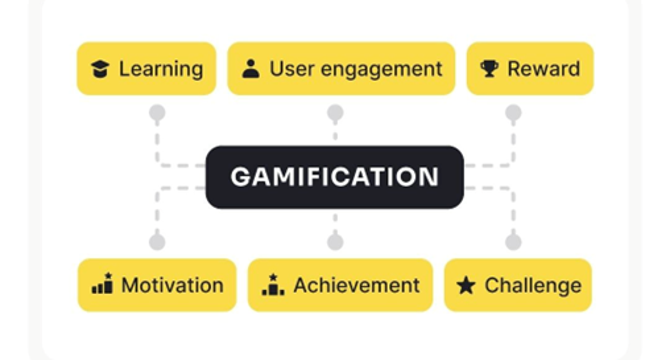Medium
1M
366

Image Credit: Medium
The Game-Changer: Gamification in UX Design
- Gamification makes tasks engaging and fun in various domains like education, e-commerce, and productivity apps.
- It engages users, creates habits, and offers personalized experiences that encourage reflection.
- Gamification includes social interaction, sense of progress, conflicts, time limits, rewards like points and badges, and feedback mechanisms.
- Storytelling elements in gamification, like progression-based narratives and interactive storytelling, enhance user engagement and educational value.
- Gamification draws inspiration from the hero's journey narrative structure and uses a curve of interest to maintain user engagement over time.
- Behaviorism principles, such as classical and operant conditioning, are relevant to understanding user behaviors in gamification.
- Different rewards, feedback mechanisms, and reinforcement strategies are crucial for maintaining user motivation and engagement in gamified systems.
- Limitations of behaviorism include potential abuse or manipulation, emphasizing the need for ethical and user-centric design in gamification.
- Different types of fun, such as sensation, fantasy, discovery, submission, and challenge, cater to diverse user preferences in gamified experiences.
- User engagement can be enhanced through tips like setting limits, rewarding progress, and providing unexpected gifts or Easter eggs in gamified systems.
- The key to successful gamification lies in aligning mechanics with user motivations and business goals, ensuring a positive user experience without causing frustration.
Read Full Article
22 Likes
For uninterrupted reading, download the app